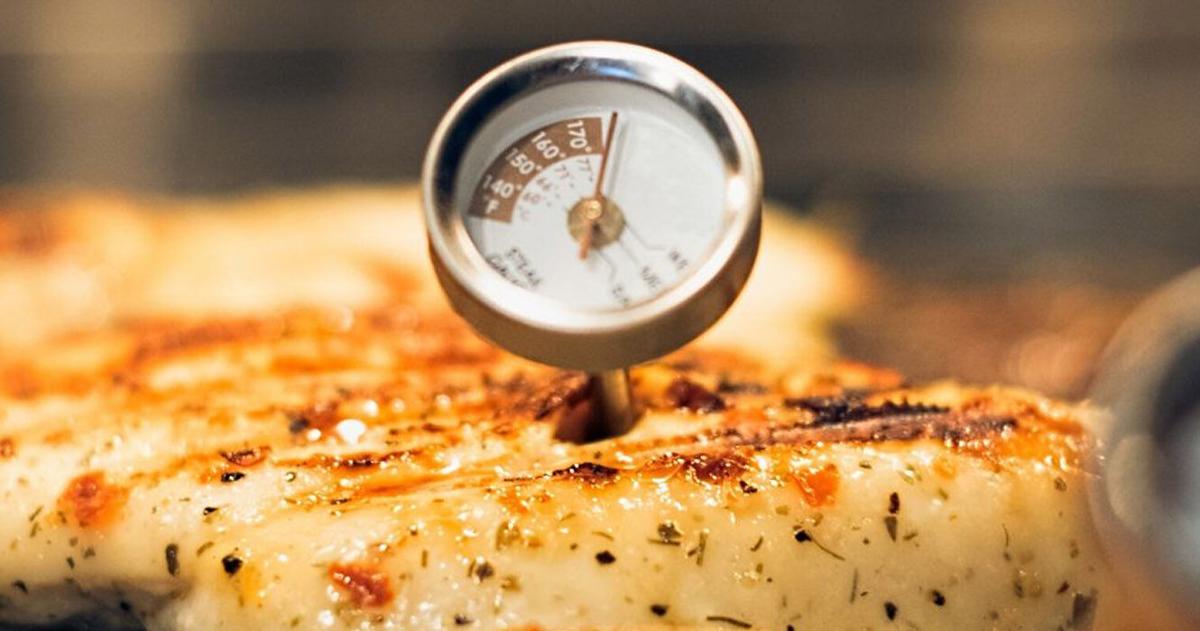The rise of hashtag marks brings about the risk of trade mark infringement on social media, even for infrequent hashtag users. But before you start panic-deleting 17 years’ worth of tweets, comments, blogs and late-night musings, read our quick guide below to find out more.
Hashtags rehashed
We have all seen hashtags before. We all have that one friend whose social media posts are so heavily hash-tagged, that the untagged parts seem almost unworthy of our attention. And, chances are that we have all used (and/or misused) them online. Hashtags have gained prominence as metadata tags used to categorise data according to topics. Social media users may incorporate a particular hashtag into their posts to ensure their content is searchable by reference to that hashtag, along with all other content incorporating the same hashtag. As a convenient way for social media users to obtain the latest updates on a certain topic, hashtags have become a mainstay of the online communications landscape since their first appearance on Twitter in 2006. In particular, it is commonplace for businesses to strive to create trending topics by leveraging the power of hashtags to grab attention, generate buzz and build awareness of their brands and campaigns.
During the last decade, the usage of hashtags has transcended mere use as a tag to facilitate the categorisation and searching of data, to use as badges of origin for goods and services offered in the course of trade. In 2013, the US Patent and Trademark Office was the first IP office to publicly recognise, in its Trademark Manual, that a hashtag or a sign incorporating the hash symbol was capable of registration. Within two years, more than 1,000 hashtag marks had been filed and more than 100 obtained registration in the United States, and hashtag marks began to spread to other jurisdictions, including Australia. At the time of writing, there are around 450 registered and pending Australian trade marks which contain the hash symbol.
#What is trade mark infringement?
Believe it or not, ‘# What’ (with a space between the hash symbol and the word), ‘#whAt’ and ‘#whaT’ are all Australian trade marks registered in class 25 for clothing (the #what registrations). But it does not necessarily mean that every time you use the hashtag ‘#what’ on social media, you are infringing the exclusive rights of the registered owner of those marks.

There are two main types of trade mark infringement under the Trade Marks Act 1995 (Cth) (the Act). The first type of infringement occurs where a person uses:
- a ‘sign’ that is substantially identical with, or deceptively similar to, a registered trade mark;
- as a trade mark;
- in relation to goods or services claimed by the registered trade mark, or similar goods or services; and
- a defence under the Act does not apply.
The second type of infringement deals with famous registered trade marks. This covers use of a sign as a trade mark in relation to goods or services that are unrelated to those claimed by the famous mark. However, because of the fame of the registered mark, the use of the sign would likely be taken to indicate a trade connection between the unrelated goods or services and the registered owner of the famous mark, and accordingly the owner’s interests are likely to be adversely affected. In this article, we will leave famous marks aside and focus on the first type of trade mark infringement.
#What is a ‘sign’ under the Trade Marks Act?
Under the Act, a ‘sign’ can include any letter, word, name, signature, numeral, device, brand, heading, label, ticket, aspect of packaging, shape, colour, sound or scent, or a combination of these things. Accordingly, any hashtag may constitute a sign under the Act.
As far as we are aware, at the time of writing, there have not been any Australian cases that deal specifically with the issue of substantial identity with, or deceptive similarity to, registered hashtag marks. The approach taken by the Australian Trade Marks Registrar, as disclosed in its Trade Marks Manual of Practice and Procedure, has been to treat hashtags like domain names, and treat the words that follow the hash symbol as the distinguishing element of a hashtag.
Returning to our previous example, it is safe to say that the sign ‘#what’ is substantially identical with, or deceptively similar to, the #what registrations.
#What is use ‘as a trade mark’ in the Trade Marks Act?
Under the Act, a sign is used ‘as a trade mark’ where it is used, or intended to be used, to distinguish the goods and services of a trader from those of other traders. In other words, a sign only amounts to a trade mark where it is used as a badge of origin, and there is no trade mark infringement where the sign is not used for that purpose.
In State Street Global Advisors Trust Company v Maurice Blackburn Pty Ltd [2022] FCAFC 57, the Full Federal Court at [86] – [87] affirmed the trial judge’s finding that Maurice Blackburn’s use of the hashtag ‘#fearlessgirl’ in its social media campaigns was not use as a trade mark, as the hashtag was used only to describe the topic of the social media posts, namely a replica of the famous ‘Fearless Girl’ statue and the idea of gender equality with which the statue became associated. Further, the Full Court noted at [87] that Maurice Blackburn’s own logo was also featured in the social media posts, thereby giving weight to the argument that the logo, rather than the hashtag, performed the function of a trade mark to distinguish Maurice Blackburn’s goods or services from those of other traders.
More recently, in Henley Constructions Pty Ltd v Henley Arch Pty Ltd [2023] FCAFC 62, the Full Federal Court at [190] – [191] affirmed the trial judge’s finding that Henley Constructions used the hashtags ‘#henley’, ‘#henleyconstructions’ and ‘#henleygallery’ as trade marks by using those hashtags to accompany photographs posted on Instagram to promote its building and construction services. Accordingly, Justice Anderson’s decision in the first instance remains highly relevant for determining whether a particular use of a hashtag has transcended mere descriptive use (as a metadata tag), into the realm of trade mark use. In particular, the following passage at [461] provides guidance on use of hashtags as brands on social media:
[hashtags] are a modern way of distinguishing a particular brand on social media platforms… Hashtags have become a recognised symbol and therefore they have a meaning to the general public. In most cases, if the words that follow the hashtag symbol, “#” are recognised as a trade mark, the addition of the “#” would lead a person viewing these signs to identify them as badges of origin of [the user of the signs].
However, it is important to bear in mind that a descriptive use of a hashtag does not necessarily exclude its use, simultaneously, as a trade mark. Pun lovers are no stranger to the idea that a word, used in a particular context, can take on two or more layers of meaning. By the same token, a sign used on social media may function both as a descriptor (of the topic of a post or of the goods and services offered by a trader) and a badge of origin. This was recognised by the Full Federal Court in its decision in Woolworths Ltd v BP plc (No 2) [2006] FCAFC 132, which was quoted in Justice Anderson’s decision in Henley Arch:
How the mark has been used may not involve a single or clear idea or message. The mark may be used for a number of purposes, or to a number of ends, but there will be use as a trade mark if one aspect of the use is to distinguish the goods or services provided by a person in the course of trade from the goods or services provided by any other persons, that is to say it must distinguish them in the sense of indicating origin.
In light of the above decisions, whether use of the hashtag ‘#what’ on social media amounts to trade mark use would therefore depend on factors including:
- the topic or subject of the post;
- whether the post was made to promote or offer goods or services in the course of trade;
- whether the maker of the post uses the hashtag as a brand to signify a trade connection between the hashtag and the maker’s goods or services; and
- whether the maker of the post uses any other signs in the same post to distinguish its goods or services from those of other traders.
#What is use ‘in relation to’ goods or services in the Trade Marks Act?
Under the Act, a trade mark is used ‘in relation to’ goods where it is used on the goods (namely where the goods themselves bear the mark), or in physical, or other relation to the goods. Similarly, a mark is used in relation to services where it is used in physical or other relation to the services. Thus, the final element of trade mark infringement requires a particular use of a sign to have a physical or other connection with goods or services claimed by a registered trade mark, or those that are similar or closely related to the registered goods or services.
Returning to our previous example, the #what registrations are registered in class 25 and specifically cover ‘clothing, footwear and headgear’. In previous decisions of the Courts and delegates of the Trade Marks Registrar, clothing was held to be closely related to retailing and wholesaling of consumer goods. Accordingly, a use of the hashtag ‘#what’ on social media as a badge of origin in relation to clothing, footwear, headgear and retailing and wholesaling services of consumer goods, may, in the absence of any applicable defences, amount to infringement of the #what registrations.













